Having rhubarb growing in your own garden is a joyful experience. As a rhubarb enthusiast, I was so happy when we finally got our own little rhubarb patch. Prior to planting we had to determine where does rhubarb grow best. We found the perfect spot for it to thrive, not far from an old apple tree at the farm.
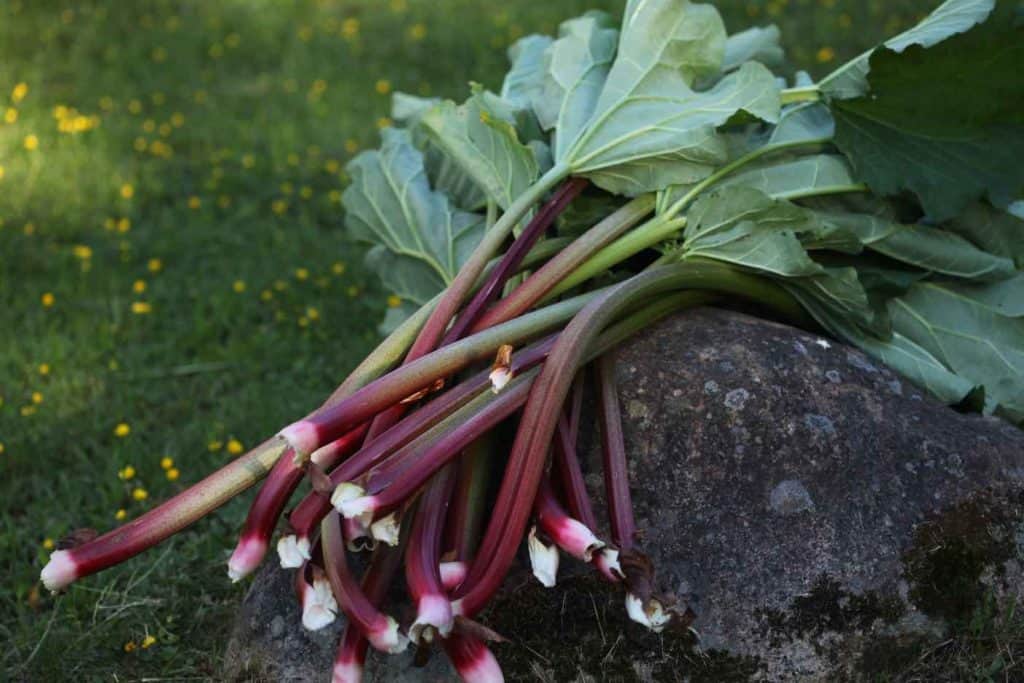
Last year my partner took home enough rhubarb to plant a good sized patch.
The source of this rhubarb was from a cherished family member who grew it every year for the community. The rhubarb holds a special place in our hearts.
We are surrounded by homes and gardens in our rural community, many with their own rhubarb patches.
We have a neighbour up the road who puts up a little roadside stand to sell his fresh rhubarb every year. He puts out a homemade sign advertising his rhubarb, that we always watch for.
We all share a love for this fine plant, and want to share it and grow it!
Last year we stopped by many times to buy the rhubarb, as we patiently waited for our own to grow and mature. Our own rhubarb likely won't be ready to harvest until next year, or even the year after.
Now as we watch and wait for our own rhubarb to mature, I thought it would be a good idea to share what we know.
Where Is The Best Place To Plant Rhubarb?
The best place to plant rhubarb is in a sunny location, in rich fertile well drained soil. The plant will tolerate some shade, however does best in full sun. If planting in a partially shaded area, make sure the spot gets at least five to six hours of sun every day during the growing season. The sunlight is necessary for energy production and growth of the rhubarb plant.
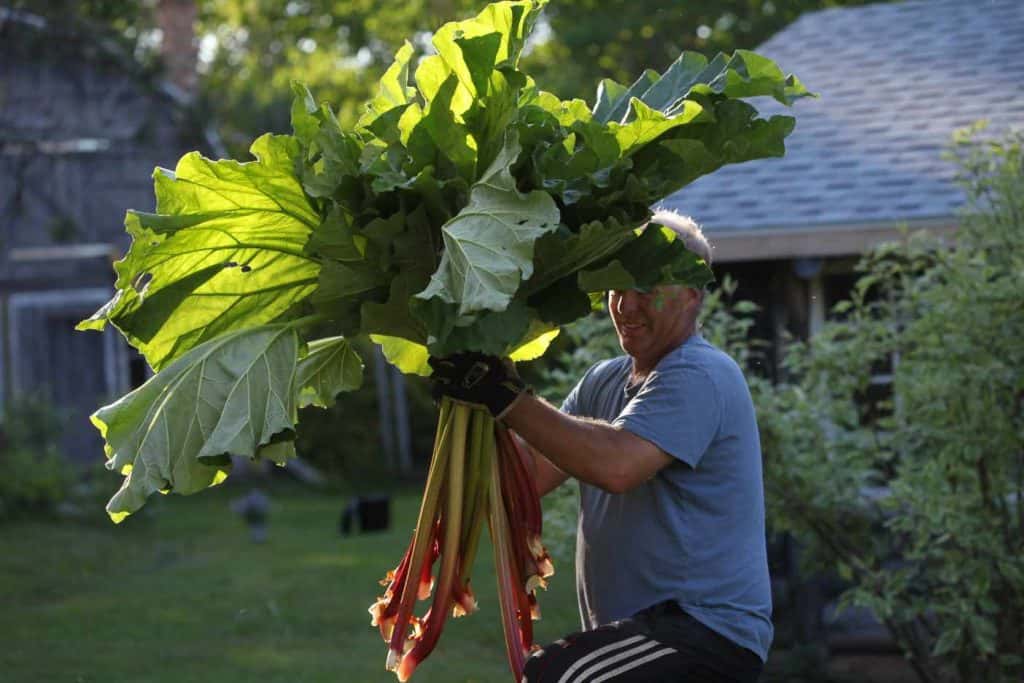
Rhubarb will reward you with a bountiful harvest if grown in the right conditions and in the right place.
Rhubarb is a perennial plant that any gardener can use in the kitchen to make amazing desserts, soups and preserves. When considering the growing location, remember that as a perennial it will return year after year.
Rhubarb grows best in cooler zones where it will receive a winter chill as it dies back into the ground.
In these zones the plant dies completely back into the ground after the first frosts, and remains dormant until the spring. When the plant breaks dormancy in spring, it will require warmer temperatures to start to grow.
In warmer zones rhubarb may not die back completely.
Rhubarb is a cool climate and cool season perennial, which if grown in the right spot could be around for a very long time.
It is important to consider the planting location with care, because your rhubarb may be growing in your garden for decades.
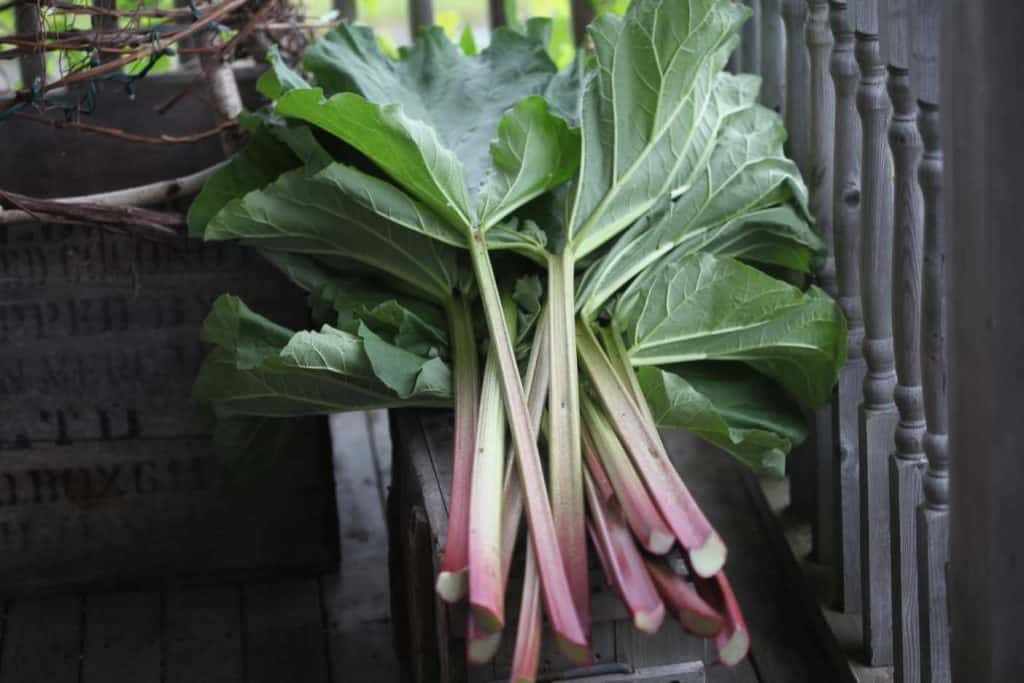
What Are The Best Growing Conditions For Rhubarb?
Rhubarb is a beginner friendly and low maintenance plant. There are however certain growing conditions that you can provide that will make your rhubarb even more spectacular.
When considering where your rhubarb will grow best, it's important to consider these growing conditions as you select the location for your rhubarb patch:
1. Does Rhubarb Grow Best In Sun Or Shade?
Rhubarb will grow best in full sun, although we have some fairly nice sized plants growing in the partial shade of an old apple tree.
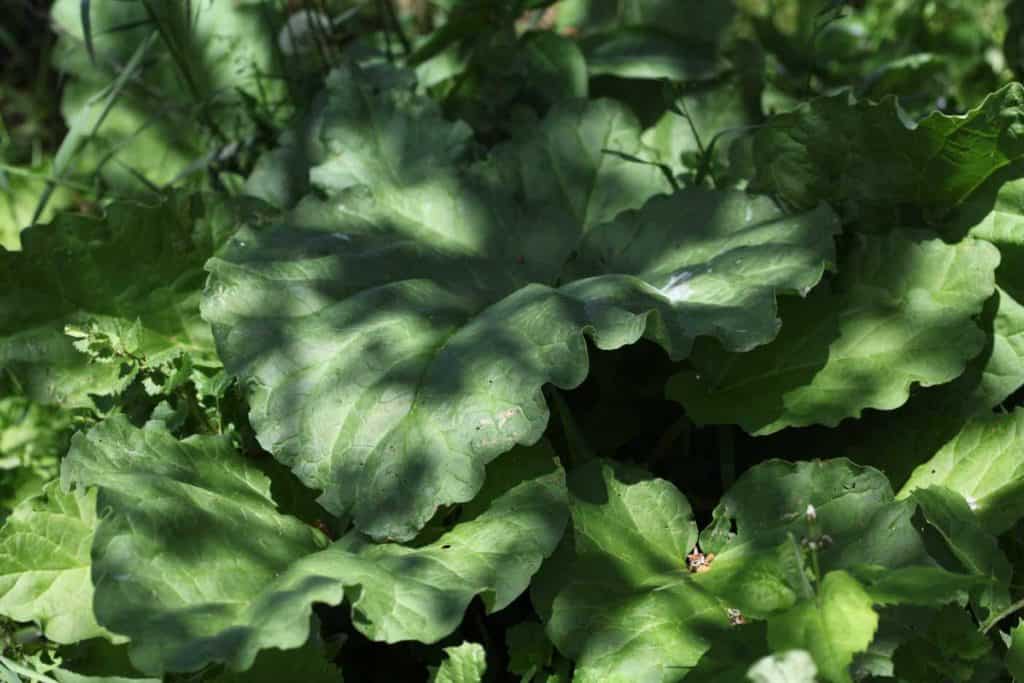
Our neighbours have their rhubarb patch growing at the side of their yard under the shade of a willow during part of the day. Although the spot is partially shady, the rhubarb grows to a good size every summer, and always provides lots of good rhubarb stems to use for the season.
We asked the neighbours why they chose this location for the rhubarb. They told us that this is the area where they dump their grass clippings after they mow their very large lawn.
This spot will be sure to get extra organic matter added on an ongoing basis throughout the summer.
Consider as well the time of rhubarb growth in the growing season, as a reminder of where it prefers to grow best.
Rhubarb is an early spring perennial, and grows in the coolest part of the growing season. The rhubarb harvest is all done when the hot days of summer finally roll around.
This information may guide you, knowing that rhubarb prefers a cooler growing spot, and it makes sense that some shade in the heat of the summer would be beneficial.
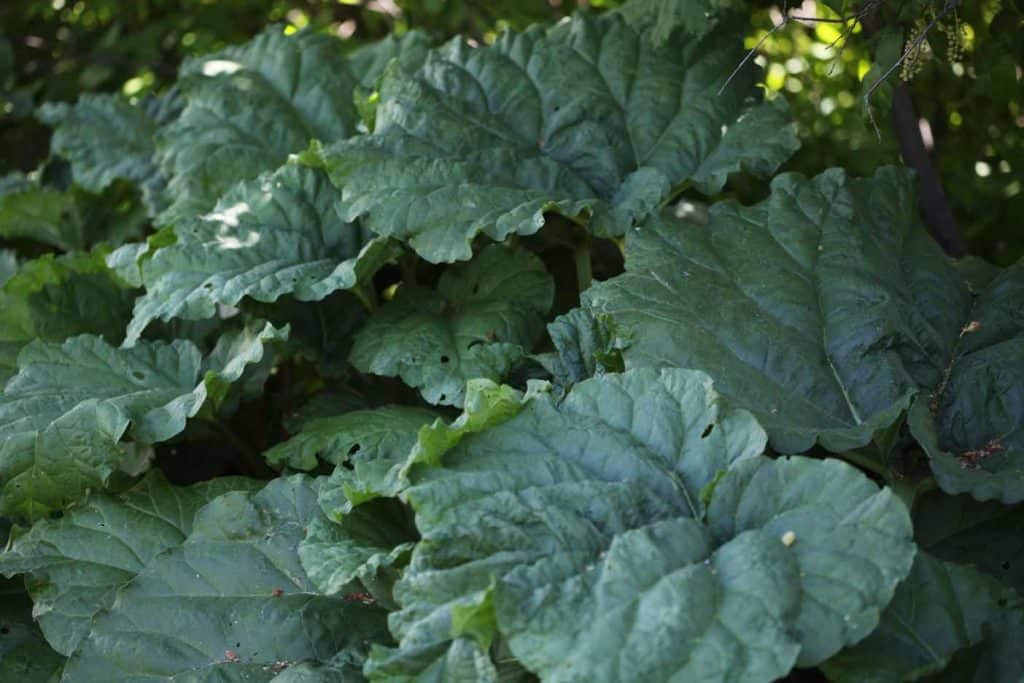
How Much Light Do Rhubarb Plants Need?
To have the best success with growing rhubarb, try to provide at least five to six hours of sunlight. This light is required for the plant's growth and energy production.
We have a large family patch of rhubarb growing at another location. This patch was planted a very long time ago, at least thirty years, and was one from which I first took a transplant many years ago.
This patch grows in full sun. It is a fairly large patch, which essentially grows on it's own every year, without any maintenance.
The rhubarb from this patch is massive, with extra large leaves and long thick stalks.
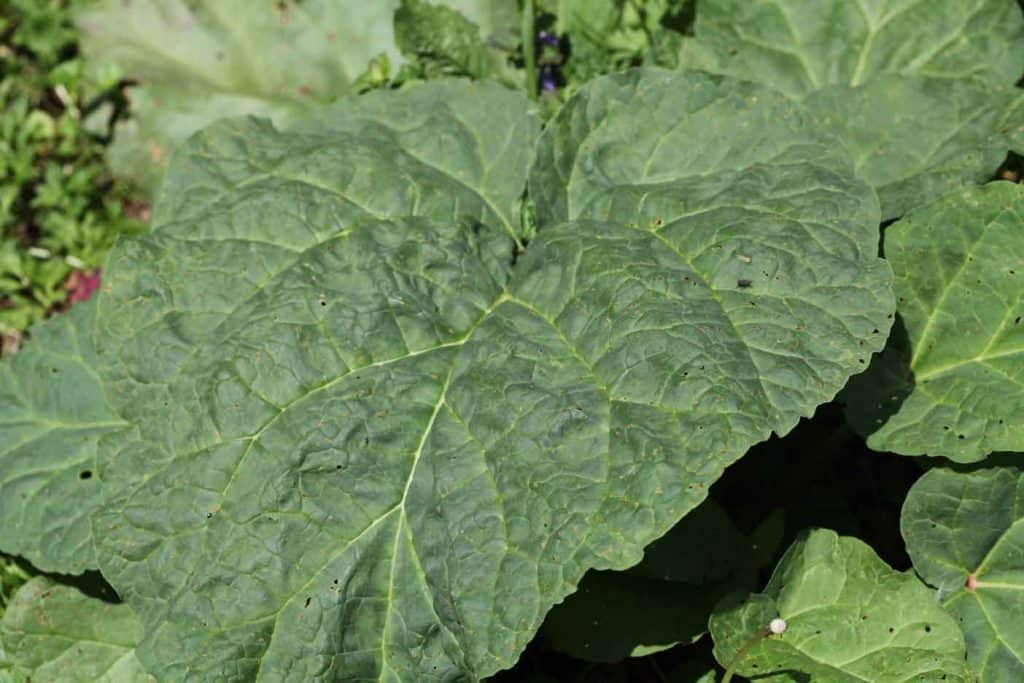
It appears that full sun does make a difference in the long run.
However if your summers are very hot, your rhubarb will also benefit from some shade during the hottest part of the day.
Growing Rhubarb In Shade
Growing rhubarb in shade is a possibility, however it will not grow to it's fullest potential in a full shade location.
There are a number of gardeners who grow their rhubarb in shade or partial shade.
If growing in a shady location is the only option for your rhubarb patch, then it might be worth a try.
Remember that dappled shade is better, and an area with five to six hours of sunlight will improve your success.
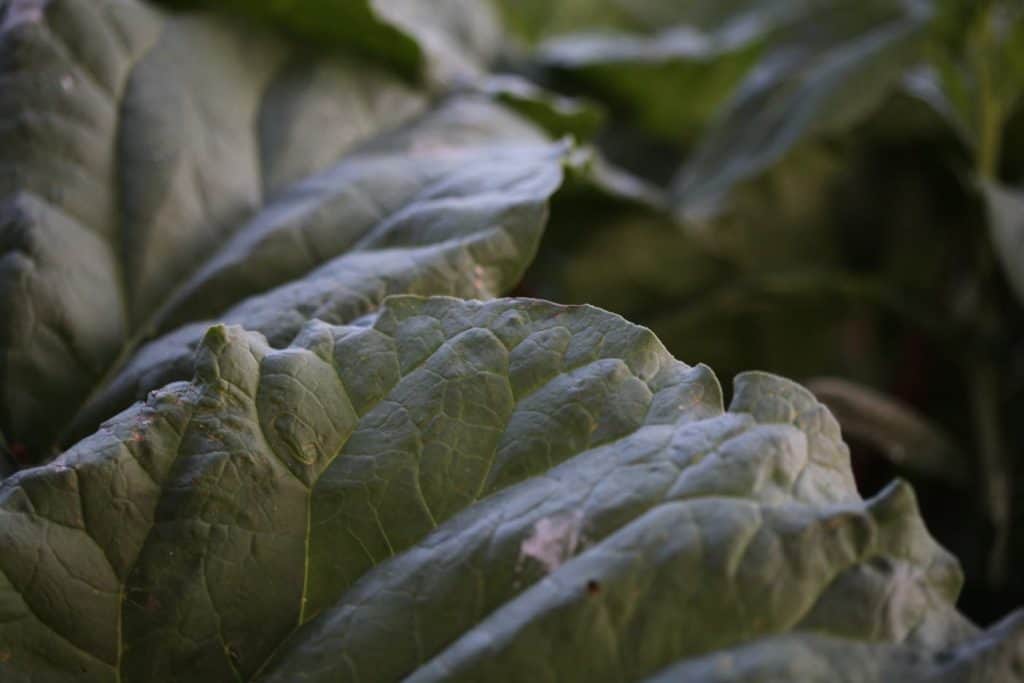
2. What Soil Does Rhubarb Like?
Our rhubarb patch was planted on a slight slope, in clay soil. This spot has been amended for years from the apples of the adjacent apple tree.
The area has lots of organic matter, and the soil is rich and fertile.
It was interesting to see the growth of the plants in this new patch. Those closest to the apple tree had very large leaves, and the stems of the rhubarb were taller than their counterparts a little further away.
Fertile organic soil definitely makes a difference.
One of the most important growing conditions for rhubarb is the soil condition in the location in which it grows.
Rich organic soil will give you the best results. Plant the rhubarb in a bed that has been amended with organic fertilizer, such as compost or composted manure, and you will be rewarded with good growth.
Remember that this is a perennial plant, and will benefit from amendments yearly if possible.
That being said, our family patch of rhubarb that I mentioned earlier has not been amended for many years. I am sure however that it still receives organic matter from the leaves that fall from the trees surrounding it every year.
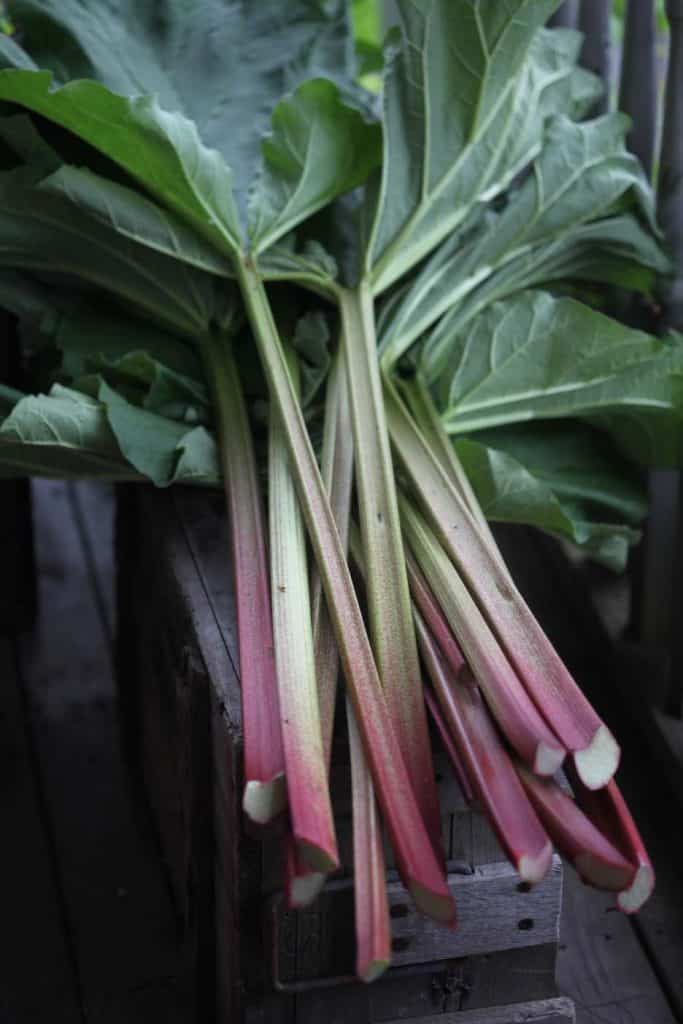
3. What Are The Moisture Requirements For Rhubarb?
Rhubarb will not necessarily require any extra waterings once it is established, other than what is provided naturally by the rainwater and morning and evening dew.
When first planted however it is always a good idea to water in well and keep an eye on the weather, and water if the conditions are dry.
Rhubarb is a drought tolerant plant. It also has large leaves which funnel the rainwater down to the base of the plant. The rainwater gets deposited directly where it is needed.
The root system of rhubarb is able to store moisture which will help during drier times.
If the rhubarb leaves become wilted, this is an indication of the need for some extra watering.
If your rhubarb patch is mulched with organic matter, this will help to keep the moisture in the ground.
Mulch with leaves or grass clippings and your rhubarb will reward you for it! The mulch also acts as an insulation from the cold temperatures of winter.
4. Ensure Good Drainage In Your Rhubarb Patch
It is important to have good drainage in your rhubarb patch. Our rhubarb is growing on a slight slope, with great drainage.
Rhubarb will do best if it is not sitting in poorly drained soil, as this will place it at risk for root rot.
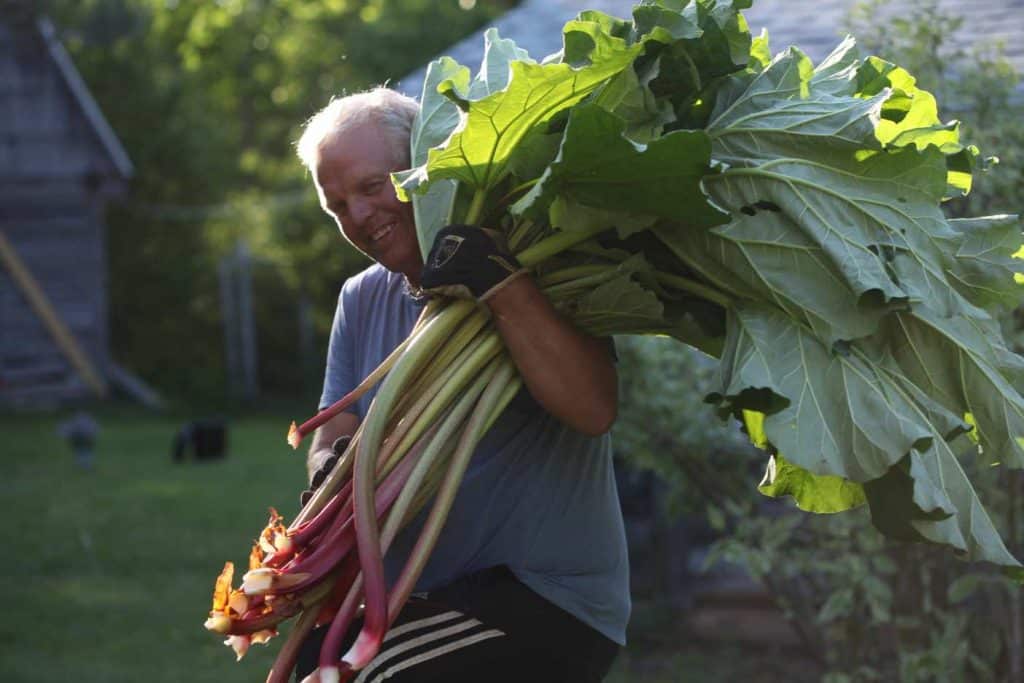
Growing Rhubarb In Raised Beds
Some gardeners grow their rhubarb in raised beds.
If doing so, be aware of your growing zone's lowest potential temperatures during the winter months.
The best winter temperatures for growing successful rhubarb are above -18° C.
If growing in raised beds and you have low winter temperatures, make sure that your beds are well insulated.
Can Rhubarb Be Grown In Pots?
Rhubarb can be grown in large pots that hold a large amount of soil, such as a halved barrel or a pot of a similar size.
Rhubarb plants in pots will do better in warmer zones that do not have extremely low winter temperatures.
Just as with raised beds, the rhubarb roots will not tolerate extremely low winter temperatures if growing in pots.
Rhubarb has a large root system and will need lots of space for growth, so keep this in mind if planting in a pot.
Here in zone 5b our perennials often do not survive above ground if kept in pots during the winter. Our rhubarb has been given the extra insulation of growing in the ground.
Nurture Your Rhubarb
For the first few years after planting your rhubarb, it will be slowly get established in its new location.
It may take several years, two to three, before you will see the large rhubarb leaves and be able to harvest those amazing rhubarb stalks.
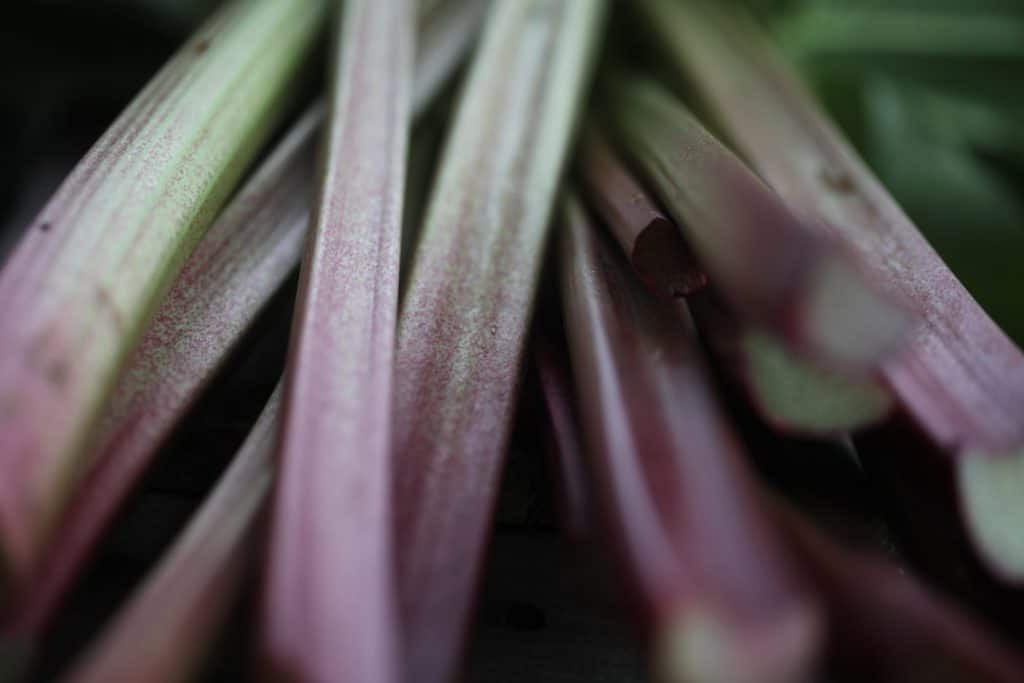
In the meantime, if you have provided plenty of light and some good organic matter in which to grow, your rhubarb will be just fine. Allow it time to grow, and before you know it you will be harvesting yearly from this delicious tarty plant!
Have you been considering growing rhubarb, and wondering where to plant it? Have you grown rhubarb in the shade successfully?
Please be sure to leave a comment below to share your experience!
Other Posts You May Like:
See the Web Story on Where Is The Best Place To Plant Rhubarb!
PIN IT FOR LATER!
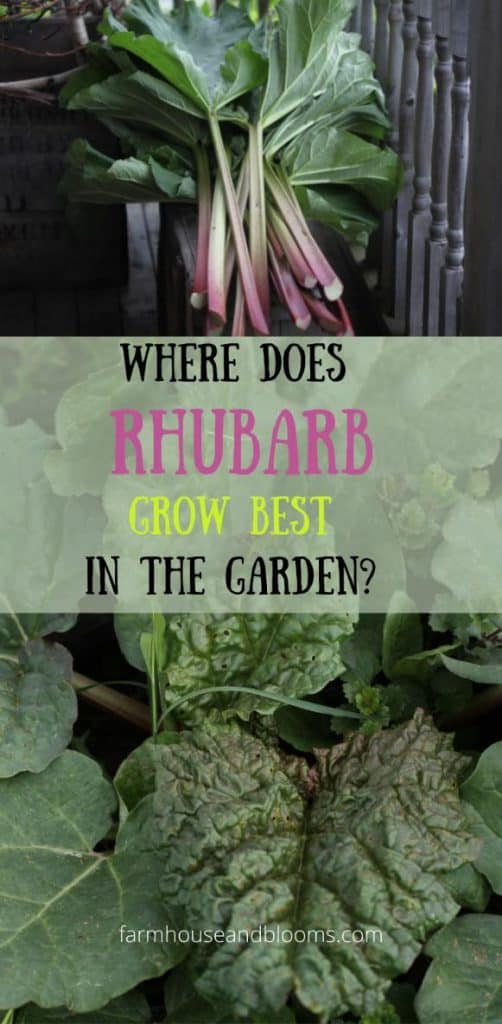
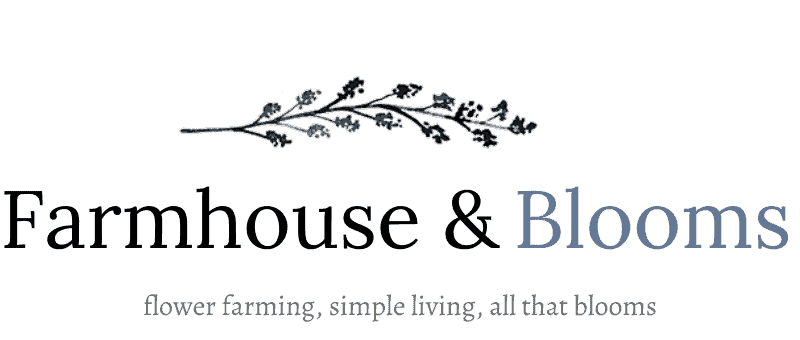

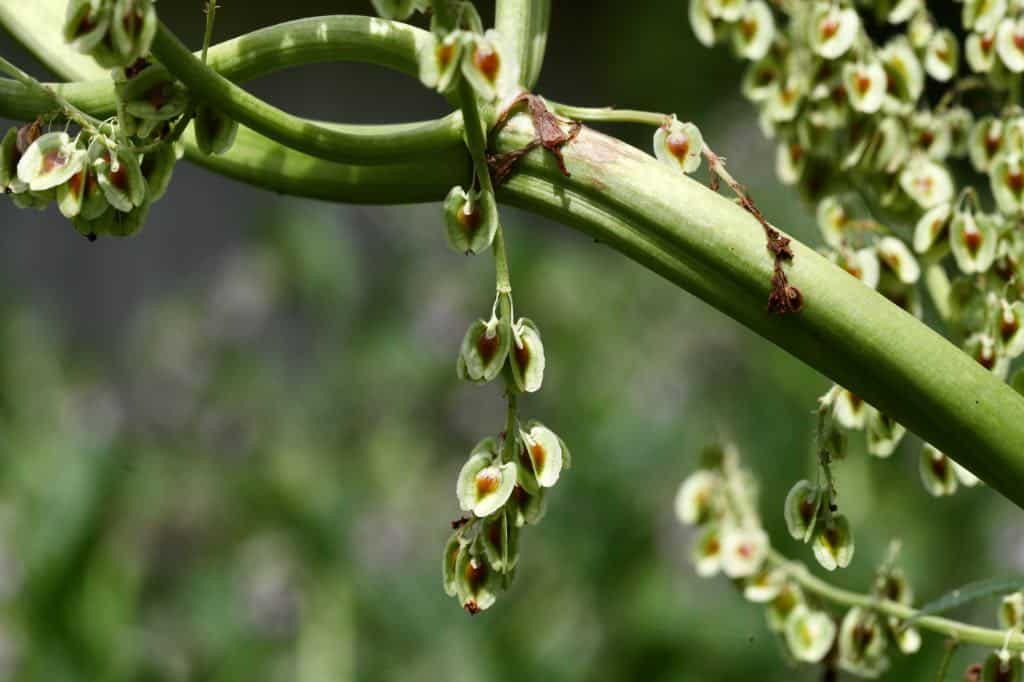
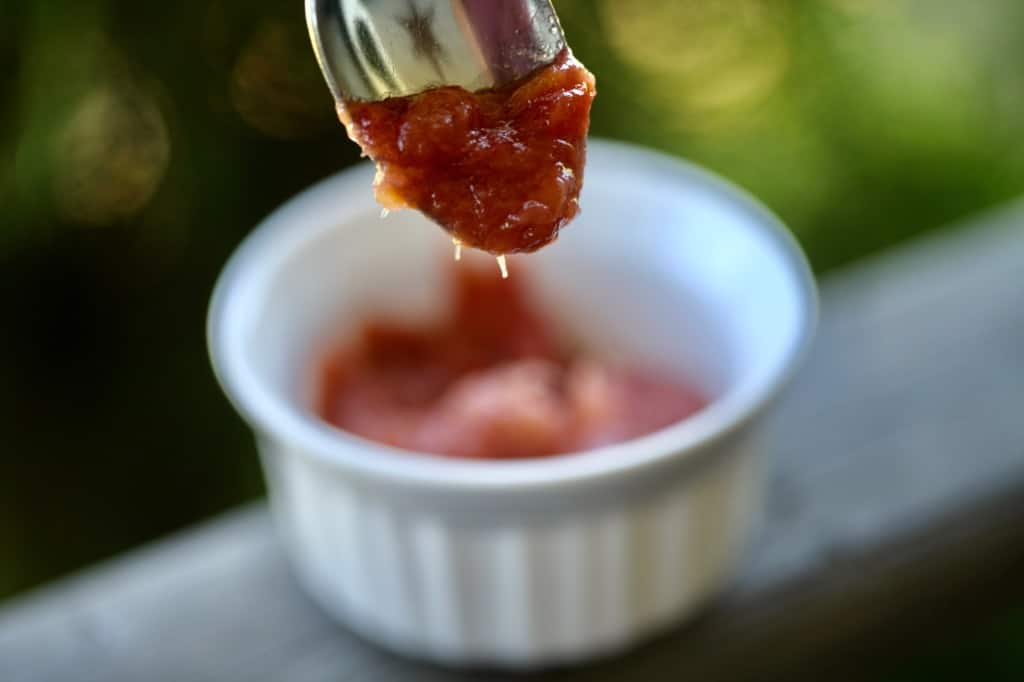
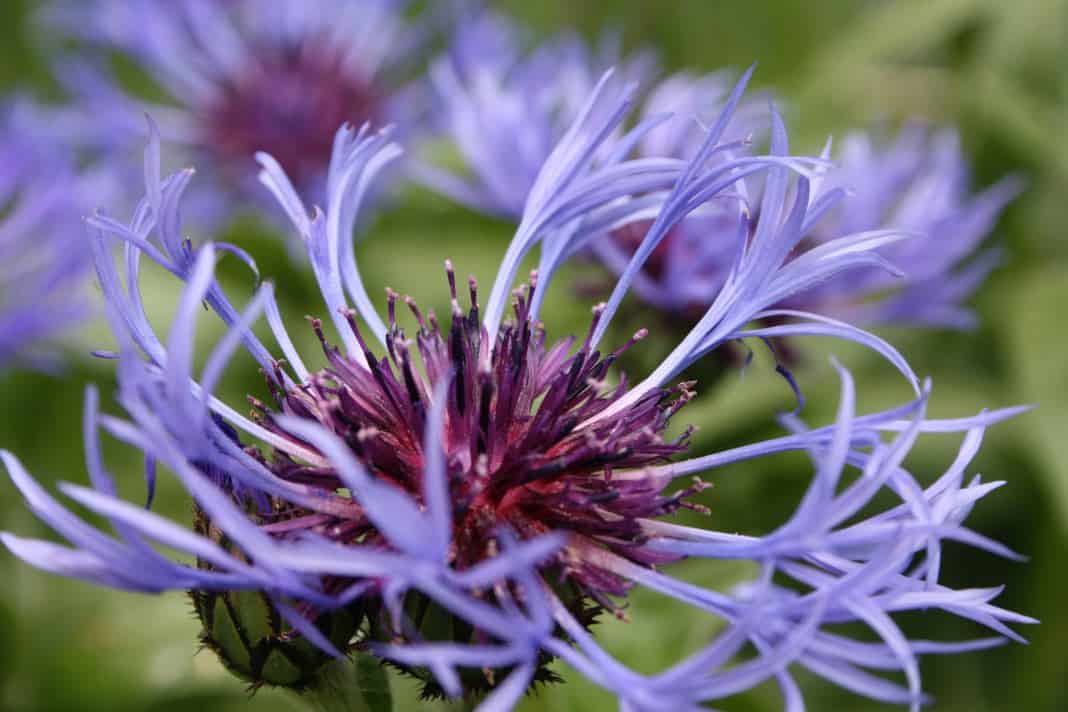
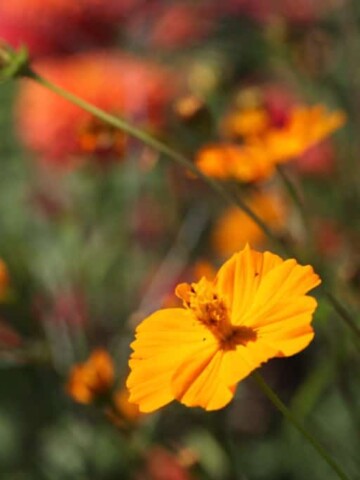
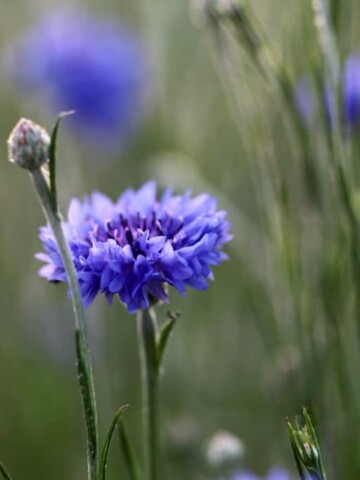
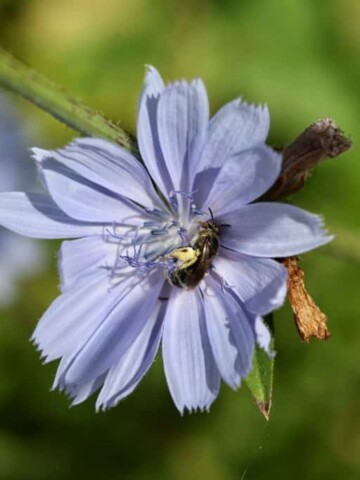
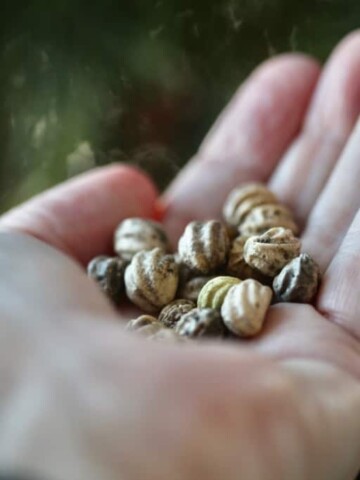
Leave a Reply